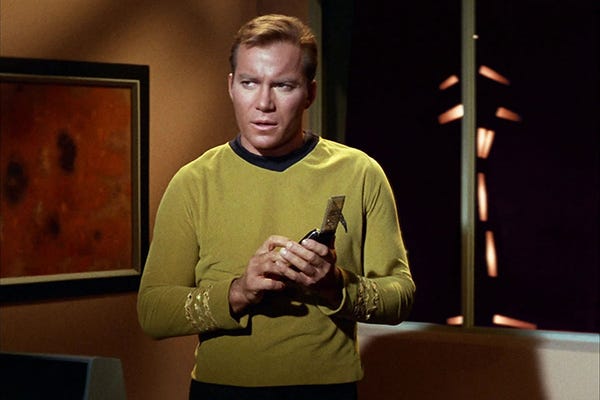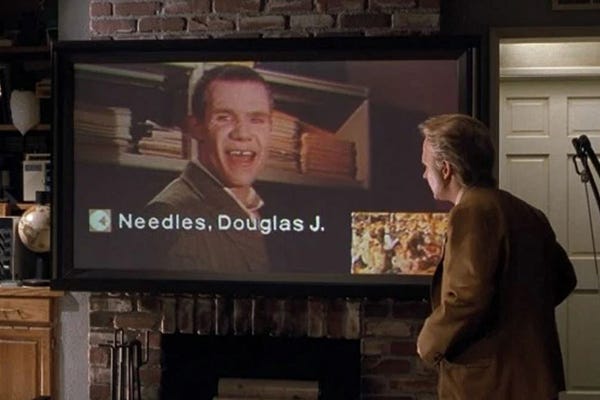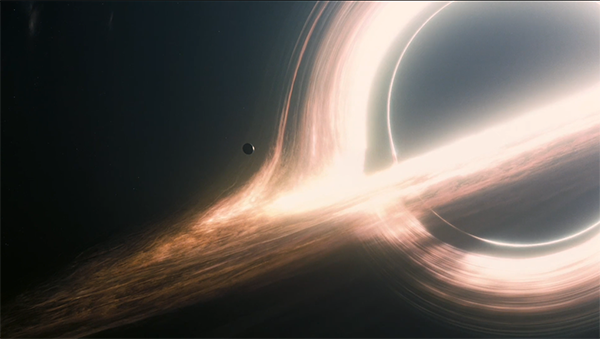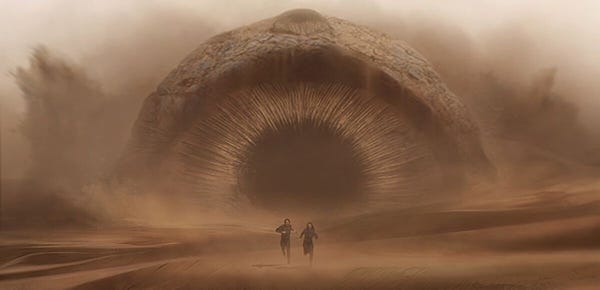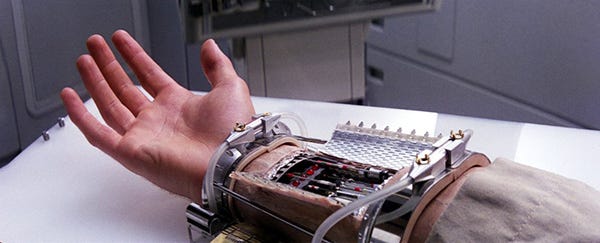Dreams of the Future: Science Fiction’s Role in Shaping Modern Technology
Inventions from sci-fi that shaped real world innovation!
Science fiction is compelling for many reasons, but one major appeal is the genre’s ability to inspire discovery. Storytellers who use science fiction in their books, films and TV shows have the opportunity to dream big: to imagine a world like ours but with technological advances that maybe aren’t part of our reality yet. The key is getting the audience to imagine them, and someone with the right skills and resources might very well be moved to turn fiction into reality. At the intersection of storytelling and scientific expertise, new ideas emerge that can change the world. Here are a few real examples; let us know your favorite science fiction-inspired discoveries in the comments!
Star Trek
Star Trek and all of its iterations demonstrate many futuristic technologies in nearly every episode. The show inspired a scientist to create a key piece of revolutionary innovation: the handheld personal cell phone. Martin Cooper, an engineer working for Motorola from the 1950s through the 1970s was in a competition: rival company AT&T had taken the lead in car phone technology and were poised to expand their reach into more mobile uses. Cooper happened to catch an episode of Star Trek where Captain Kirk uses a handheld communicator, fueling his vision of creating a portable communication device for real-world use. Within 90 days in 1973, his team had invented the very first cell phone prototype: the DynaTAK 8000x. For publicity, Cooper held a press release wherein he made the first mobile phone call to his rival counterpart at AT&T’s Bell Labs. The iconic flip design of early cell phones, like the Motorola StarTAC, even mirrored the look of Starfleet's communicators, bridging science fiction and reality.
The cell phone isn’t the only piece of tech inspired by the franchise. Karlheinz Brandenburg, inventor of the MP3, found inspiration from Star Trek: The Next Generation. Brandenburg, a German audio engineer, was captivated by an episode where Data plays music from his computer. This vision motivated him to explore how to compress audio files without compromising quality, enabling efficient storage and transmission. His work revolutionized how music and audio are consumed, stored, and shared.
Back to the Future Part II
In the 1989 film Back to the Future Part II, Doc and Marty McFly embark on another time traveling journey, this time to 2015. The movie predicted all kinds of futuristic technology: auto-fitting and auto-drying clothes, hover boards, self-lacing sneakers, food hydrators, drone dog walkers and more. While the screenwriter admitted these were somewhat absurd ideas they were having fun with, a few of the inventions we saw in 1989 became reality by 2015. Notably, video calling in the movie is a huge part of how we communicate today. The first commercial video conferencing, called the Picturephone developed by AT&T, was introduced to the public at the 1964 World’s Fair in New York. But it failed as a commercial product due to a cumbersome setup and significant expense. It wasn’t until the early 2000s when devices with front-facing cameras were readily available, paving the way for software like Skype to revolutionize the technology.
Other technologies the movie got right for modern times are the use of handheld tablets, voice commands, obtaining media footage from drones, video screen glasses, and mobile credit card readers. Today, we regularly use iPads and other mobile tablets, use voice commands like Siri and Alexa, use headsets for entertainment and gaming like VR, and Square and other remote credit card reader devices.
Interstellar
The groundbreaking discovery of the first image of a black hole by the Event Horizon Telescope (EHT) team owes some inspiration to the visual effects in Christopher Nolan’s 2014 film Interstellar. In the movie, astronauts in search of a new home for mankind travel through a wormhole (not to be confused with a black hole) near Saturn. Renowned physicist Kip Thorne, who served as a scientific consultant on the film, worked closely with the visual effects team to create an accurate depiction of the fictional black hole in the movie. Named “Gargantua,” it is based on Einstein’s general relativity equations. This visualization not only captivated audiences but also offered researchers new perspectives on how black holes might appear. When the EHT team captured the first real image of a black hole in 2019, the striking similarities to Interstellar's depiction underscored the interplay between science and art, demonstrating how cinematic imagination can complement and inspire groundbreaking scientific achievement.
Dune
Frank Herbert’s 1965 novel Dune was one of the first works of fiction to take environmental issues very seriously. While the multiple film adaptations somewhat downplay the ecological themes of the novel, Dune addressed the idea of eventual climate disaster, and served as a powerful call to environmental awareness and activism. Herbert was inspired by a visit to sand dunes in Oregon to write an article on them, only to dive into extensive research and write the novel instead.
Set on the desert planet of Arrakis, Dune explores themes of ecological balance, resource management, and humanity’s impact on the environment. Herbert’s detailed depiction of a fragile ecosystem, where water is the most precious resource, shows the consequences of exploiting Earth’s natural systems. The story’s focus on the interconnectedness of life and the efforts of the Fremen people to live in harmony with their harsh surroundings resonated with audiences. Readers were inspired to consider the importance of sustainability and conservation on Earth. Herbert spoke at the first Earth Day in 1970 and helped organize environmental groups, galvanizing the overall movement in the 1960s. The novel inspired conversations about ecological responsibility and continues to influence environmental activists, encouraging a deeper understanding of humanity’s role as stewards of the planet.
Star Wars: Empire Strikes Back
The Star Wars film The Empire Strikes Back not only captivated audiences with its storytelling but also inspired advancements in prosthetics through its portrayal of Luke Skywalker’s robotic arm. After losing his hand in a lightsaber duel with Darth Vader, Luke is fitted with a highly realistic and functional robotic prosthetic in a brief yet iconic scene. The film’s depiction of a seamless blend of biology and technology motivated researchers to pursue innovations in prosthetics that mimic natural movement and sensory feedback.
This moment resonated deeply with researchers who saw the potential for technology to restore and enhance human capability. The DEKA Research & Development Corporation’s team, led by engineer and inventor Dean Kamen (known for inventing the Segway) developed the LUKE Arm. Of course, the groundbreaking innovation is named for Luke Skywalker himself, proving the impact of this particular piece of science fiction from 1980. The motorized limb allows amputees to move the prosthetic with their thoughts, and also gives them back a sense of touch, improving function and overall quality of life.
Want more? Our Discord is where you’ll find tons of folks chatting in our forums about the books, TV shows, movies, music, and games we all love! Don’t forget to follow us on Instagram, tumblr, and Spotify for more fandom content—and hit that subscribe button so you never miss a thing at rmrk*st!




